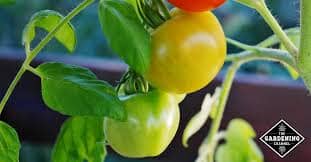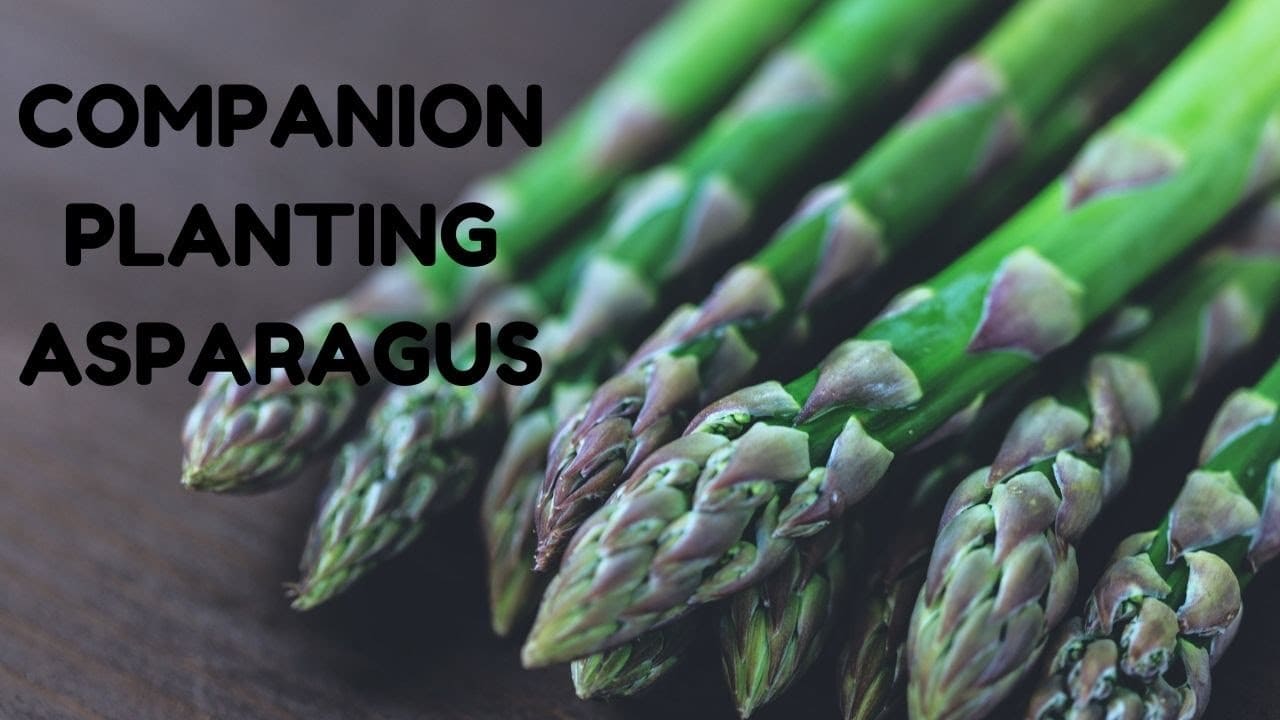Introduction: Elatior Begonias, known for their vibrant blooms and lush foliage, are beloved additions to any indoor or outdoor garden. With their striking colors and relatively low maintenance requirements, these begonias have gained popularity among both novice and seasoned gardeners. In this article, we will delve into the world of Elatior Begonias, exploring their characteristics, ideal growing conditions, and essential care tips to help you cultivate these beauties successfully.
- Understanding Elatior Begonias: Elatior Begonias, also known as Rieger Begonias, are hybrid begonias derived from Begonia x hiemalis. They are prized for their large, showy flowers that come in an array of colors, including shades of pink, red, orange, white, and yellow. These begonias typically bloom throughout the year, making them a delightful addition to any garden space.
- Ideal Growing Conditions:
- Light: Elatior Begonias thrive in bright, indirect light. While they can tolerate some morning sun, it’s essential to protect them from intense afternoon sunlight, which can scorch their delicate foliage.
- Temperature: These begonias prefer temperatures between 65°F to 75°F (18°C to 24°C). Avoid exposing them to drafts or sudden temperature fluctuations, as they are sensitive to extremes.
- Humidity: Maintaining high humidity levels is beneficial for Elatior Begonias, especially during dry winter months. You can increase humidity by placing a humidifier near the plants or grouping them together.
- Soil: Use well-draining, peat-based potting soil for Elatior Begonias. A slightly acidic soil pH around 6.0 is ideal for optimal growth.
- Watering: Keep the soil consistently moist but not waterlogged. Water thoroughly when the top inch of soil feels dry to the touch, and allow any excess water to drain away to prevent root rot.
- Essential Care Tips:
- Fertilization: Feed Elatior Begonias with a balanced liquid fertilizer diluted to half-strength every 2-4 weeks during the growing season (spring and summer). Reduce fertilization frequency in fall and winter when growth slows down.
- Pruning: Regularly remove spent flowers and yellowing leaves to encourage continuous blooming and maintain plant health. Pruning also helps to improve air circulation around the plant, reducing the risk of fungal diseases.
- Repotting: Repot Elatior Begonias annually in the spring or whenever they outgrow their containers. Choose a slightly larger pot and refresh the soil to provide ample space for root growth.
- Pest and Disease Control: Keep an eye out for common pests such as aphids, spider mites, and mealybugs, especially in indoor environments. Treat infestations promptly with insecticidal soap or neem oil. Prevent fungal diseases by avoiding overwatering and providing good air circulation.
- Creative Uses and Display: Elatior Begonias are versatile plants that can be showcased in various ways:
- Indoor Décor: Place potted Elatior Begonias on windowsills, tabletops, or as hanging plants to add a pop of color and freshness to interior spaces.
- Outdoor Gardens: Plant Elatior Begonias in garden beds, borders, or containers to create eye-catching displays on patios, balconies, or porches.
- Floral Arrangements: Harvest blooms to create stunning floral arrangements that brighten up any room or special occasion.
Conclusion: Elatior Begonias captivate gardeners with their stunning flowers and easy-care nature. By providing the right growing conditions and following essential care guidelines, you can enjoy the beauty of these begonias year-round. Whether indoors or outdoors, Elatior Begonias bring joy and elegance to any garden setting, making them a cherished addition to plant collections everywhere.




